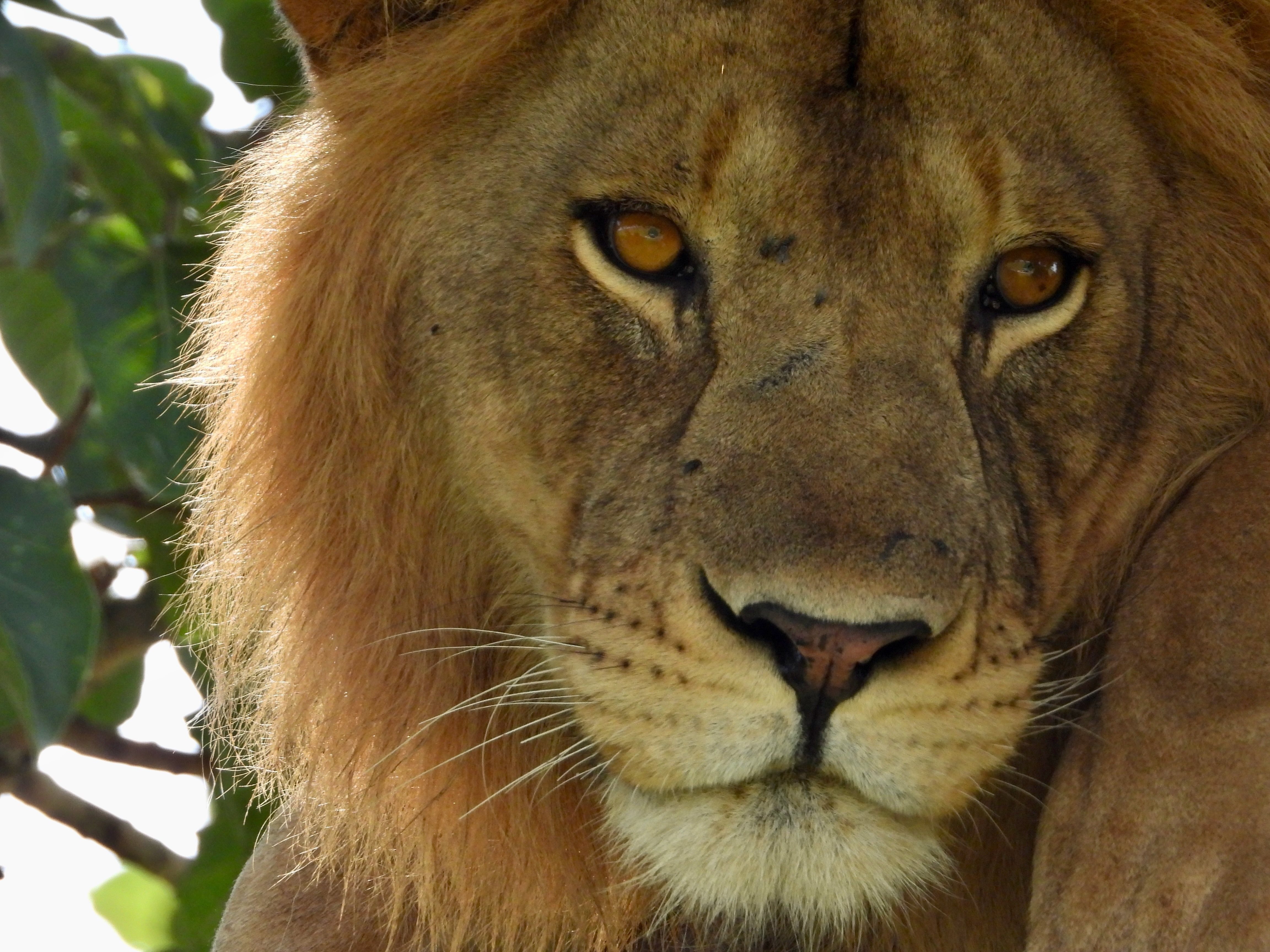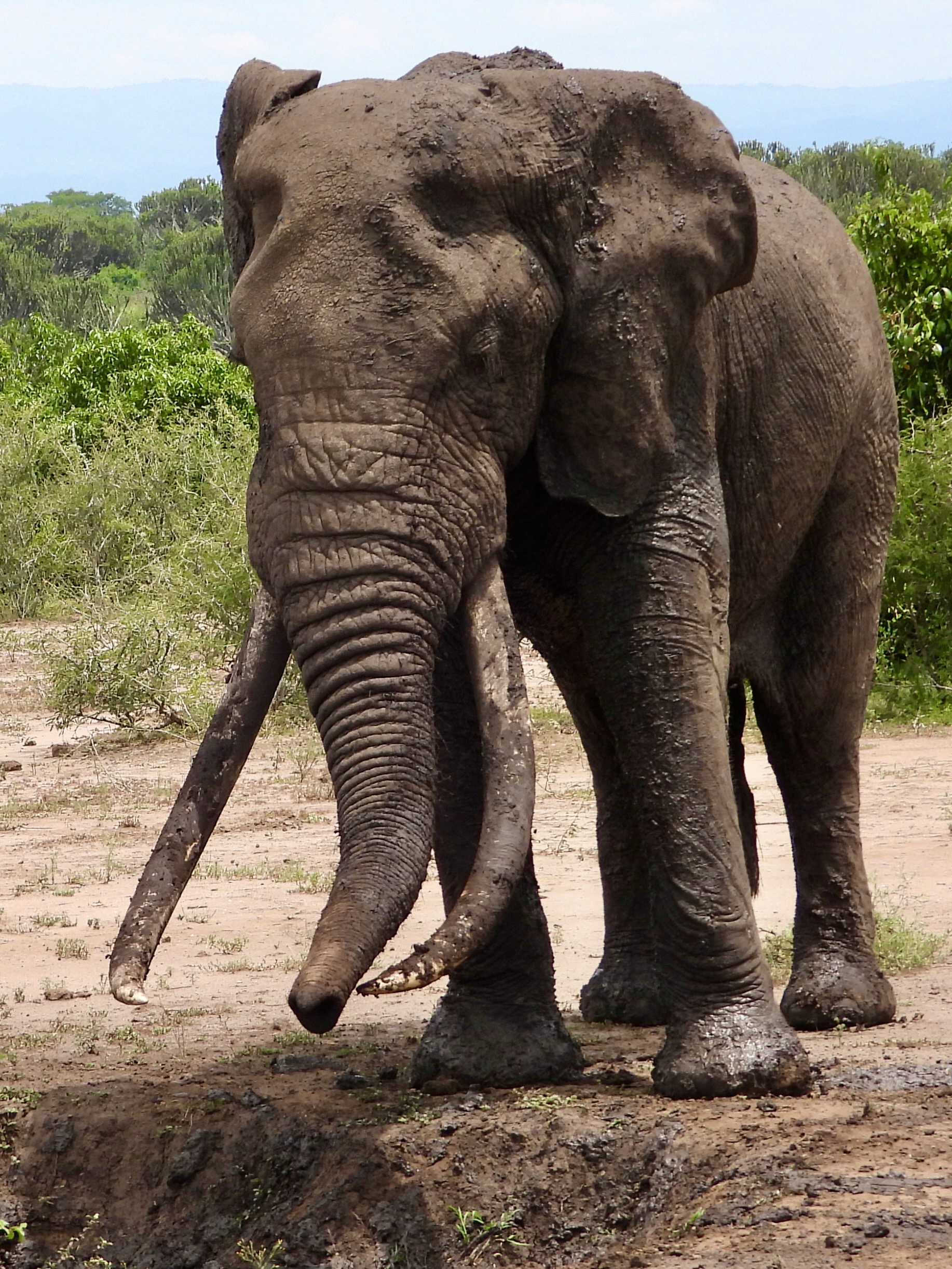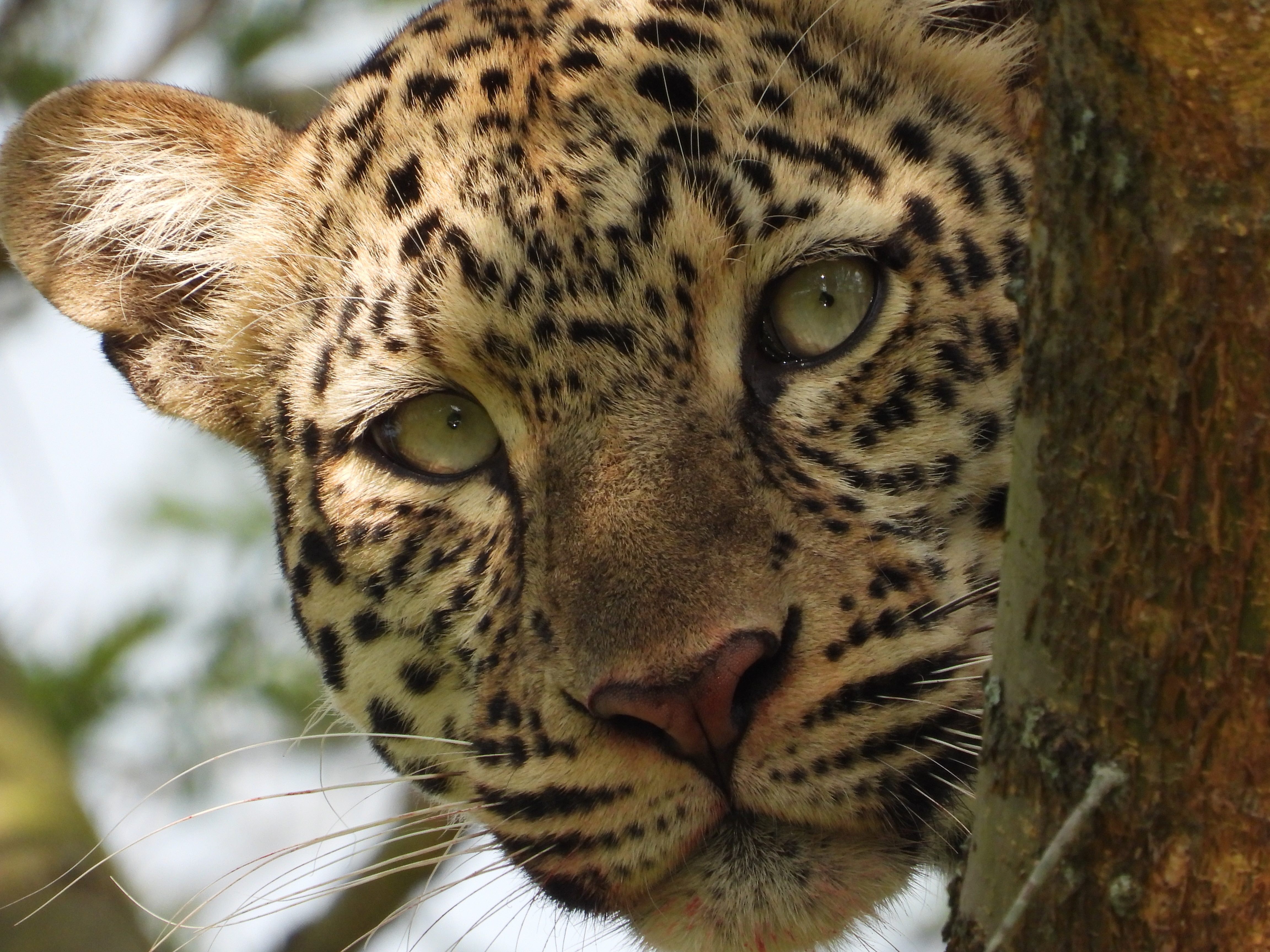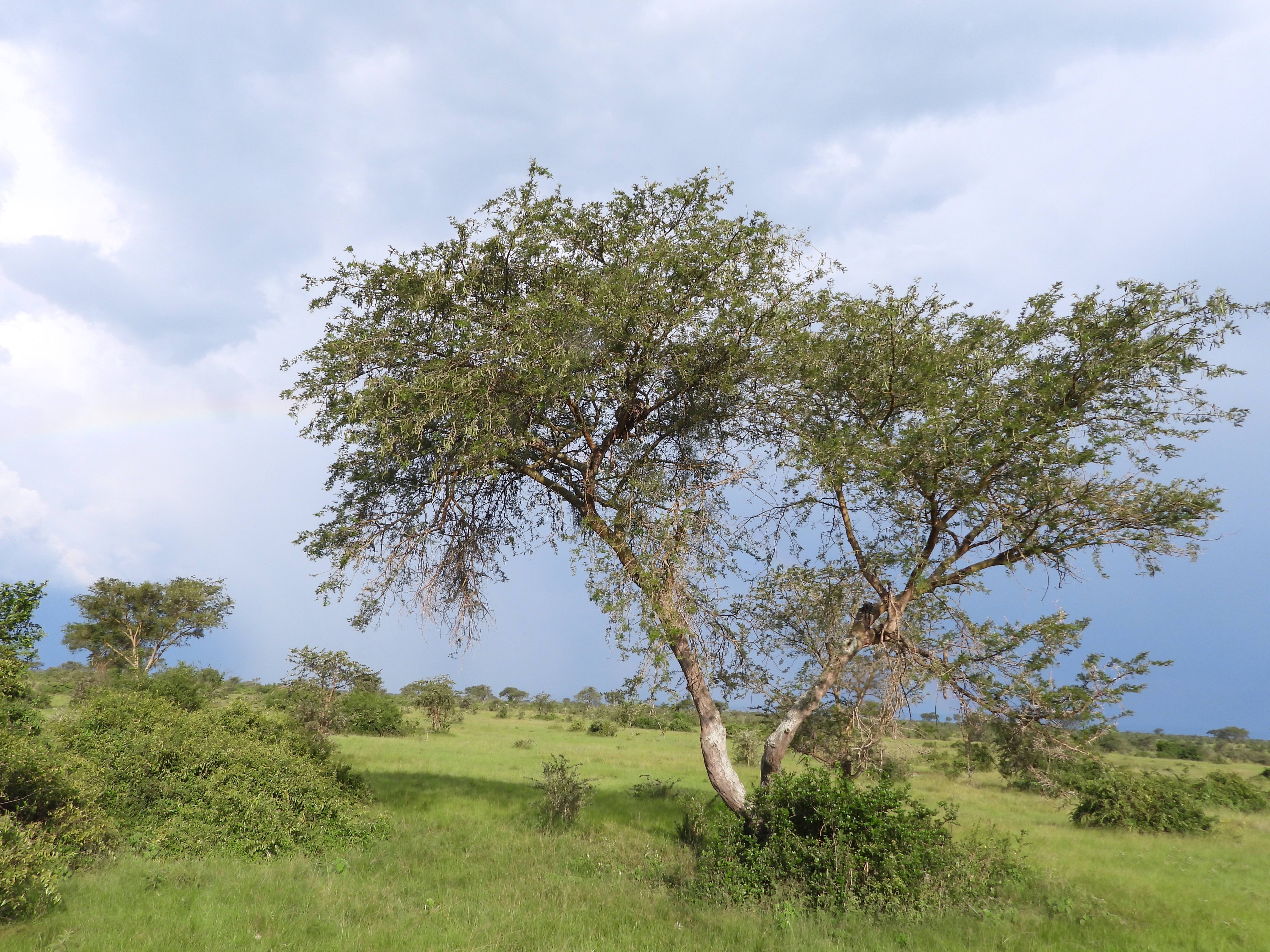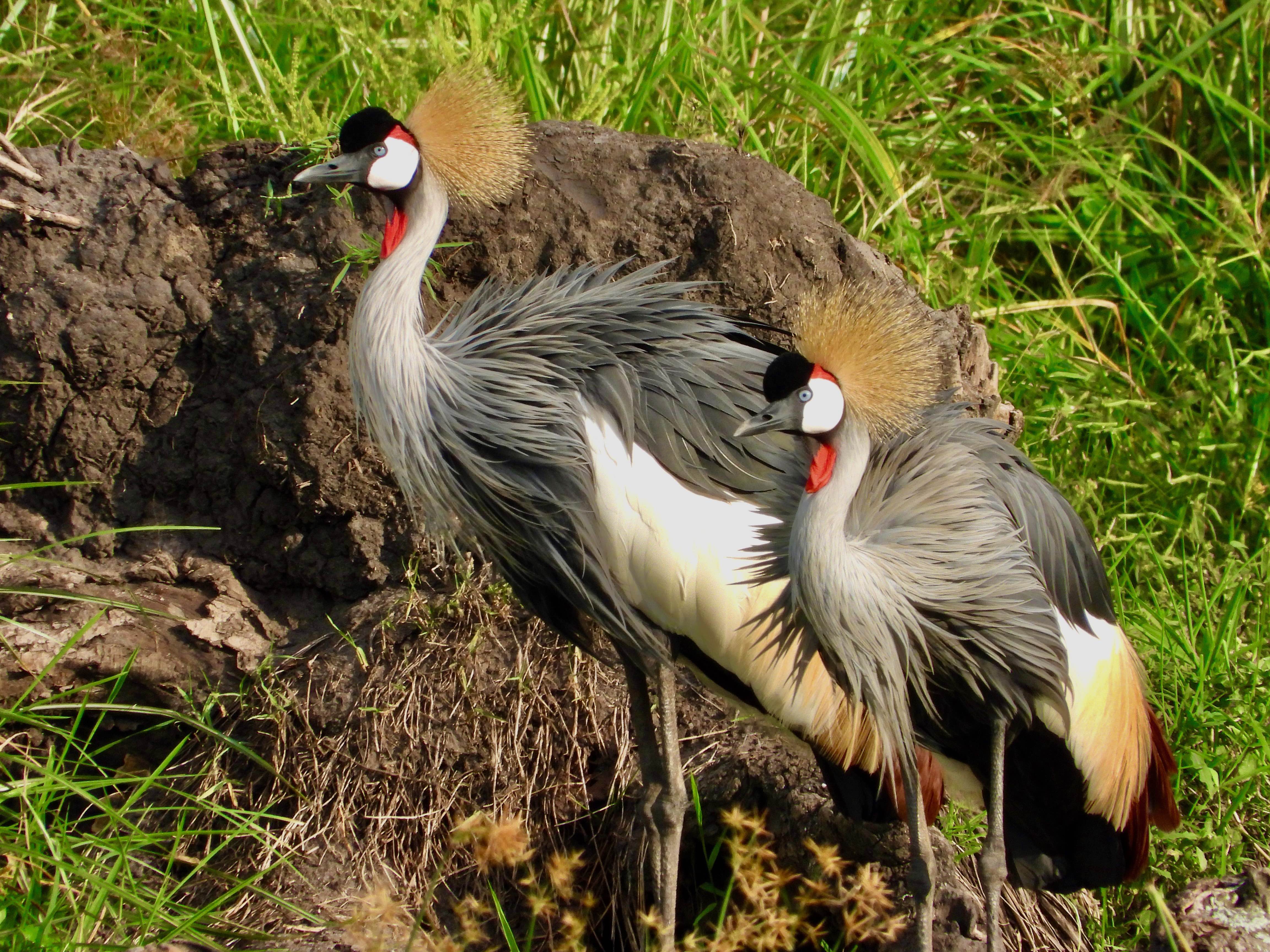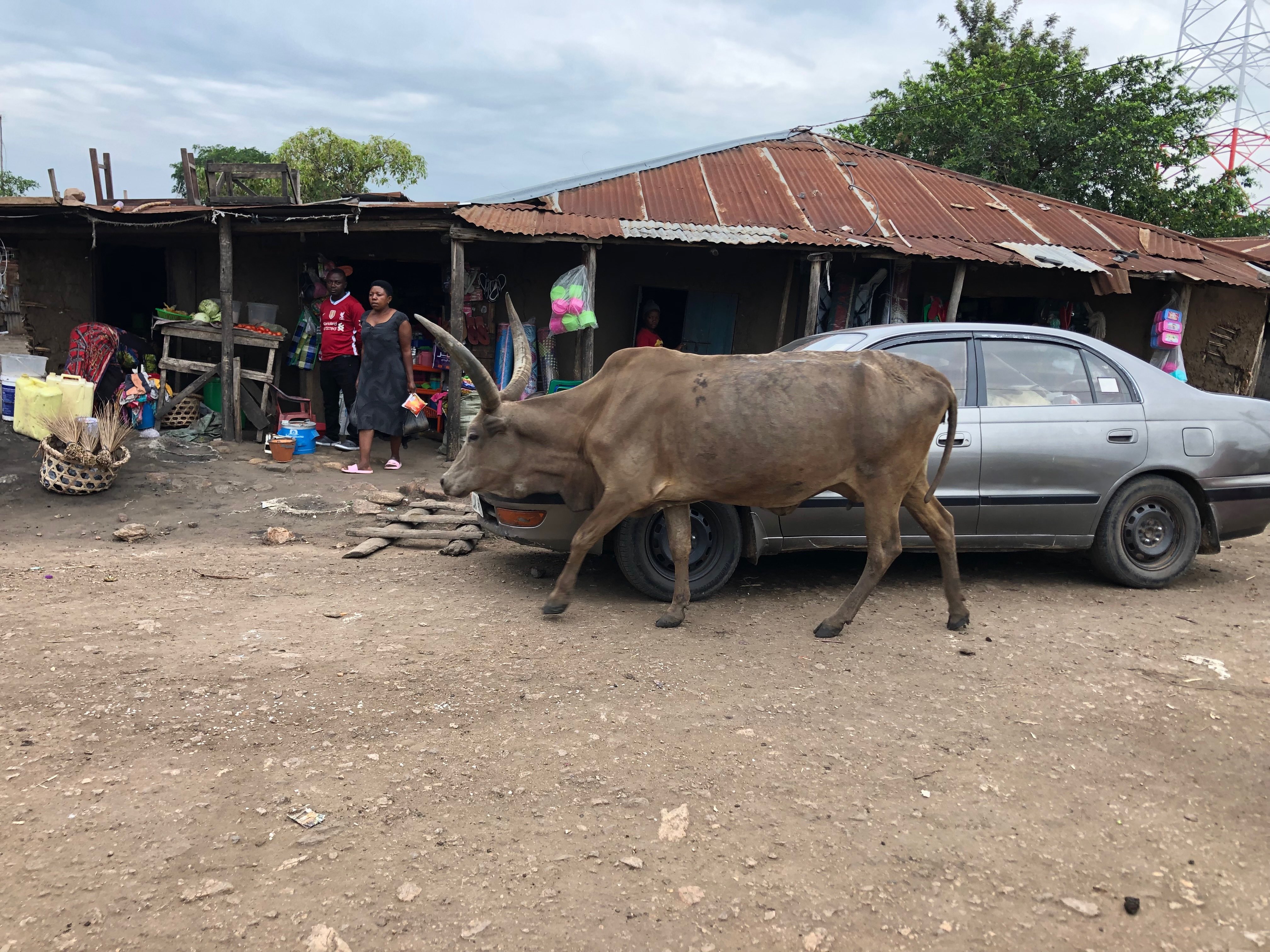Home to outstanding species including lion, leopard, antelope and over 650 types of birds, QENP is connected to Kibale’s southern sector.
In the 1960s, Queen Elizabeth National Park hosted one of the highest levels of large mammal biomass ever measured on earth. The complex ecosystem includes grassland, woodland, open plains with fig and acacia trees, forests and swamps, leading to a great diversity of wildlife.
For generations, people and animals coexisted in a patchwork of farms, villages and wilderness areas. More recently, intense human population growth has disturbed this balance and humans and wildlife are feeling the impact.
The 11 fishing villages included within the boundaries of the park have an estimated population of 60,000 people and over 100,000 domestic animals. Conflicts inevitably arise with few attempts at mitigation present. Human populations are ever-growing while animal populations, including the iconic lion, are declining precipitously.
NNF began working in Kasenyi village in 2022 and Hamukungu village in 2024, with the goal of building capacity for a more successful coexistence between humans and wildlife. We are focusing on traditional practices and behaviors that can adapt to the pressures of an ever-changing environment.
The citizens living within QENP (and their domestic animals) are on the forefront of human-wildlife conflict, especially when it comes to co-existing with lions. NNF’s program was designed to first address the needs of people, specifically for cooking fuel, in order to preserve habitat and build trust for future initiatives.
It is NNF’s mission to reconcile the needs of people with the protection of wild spaces. Through leadership, mentoring, education and empowerment, we are re-writing the story of community conservation.
Together, YOU, our team and the people of Uganda can make sure this paradise is never lost.
